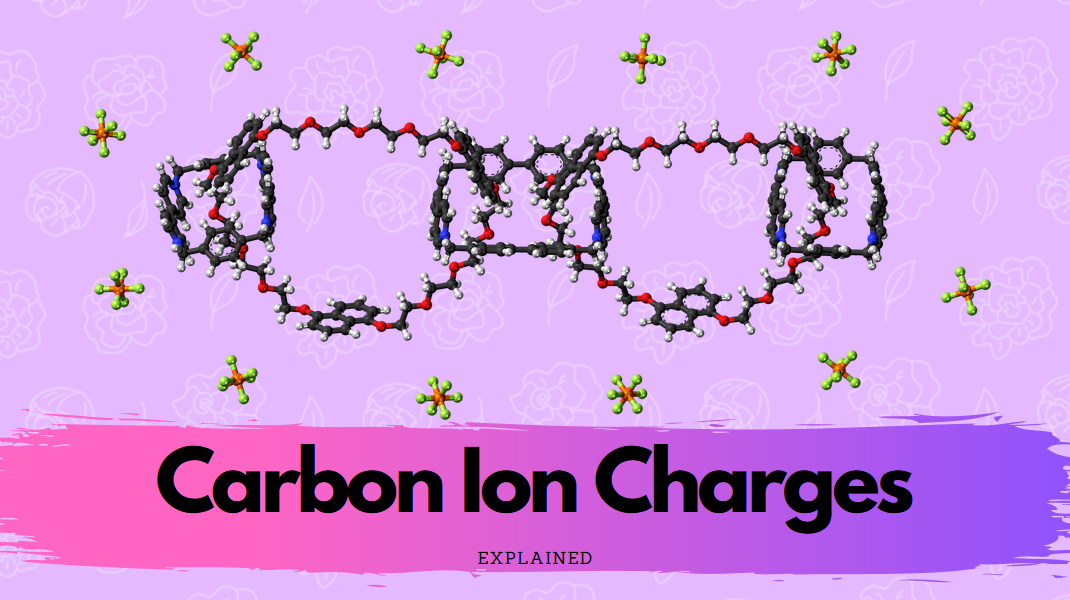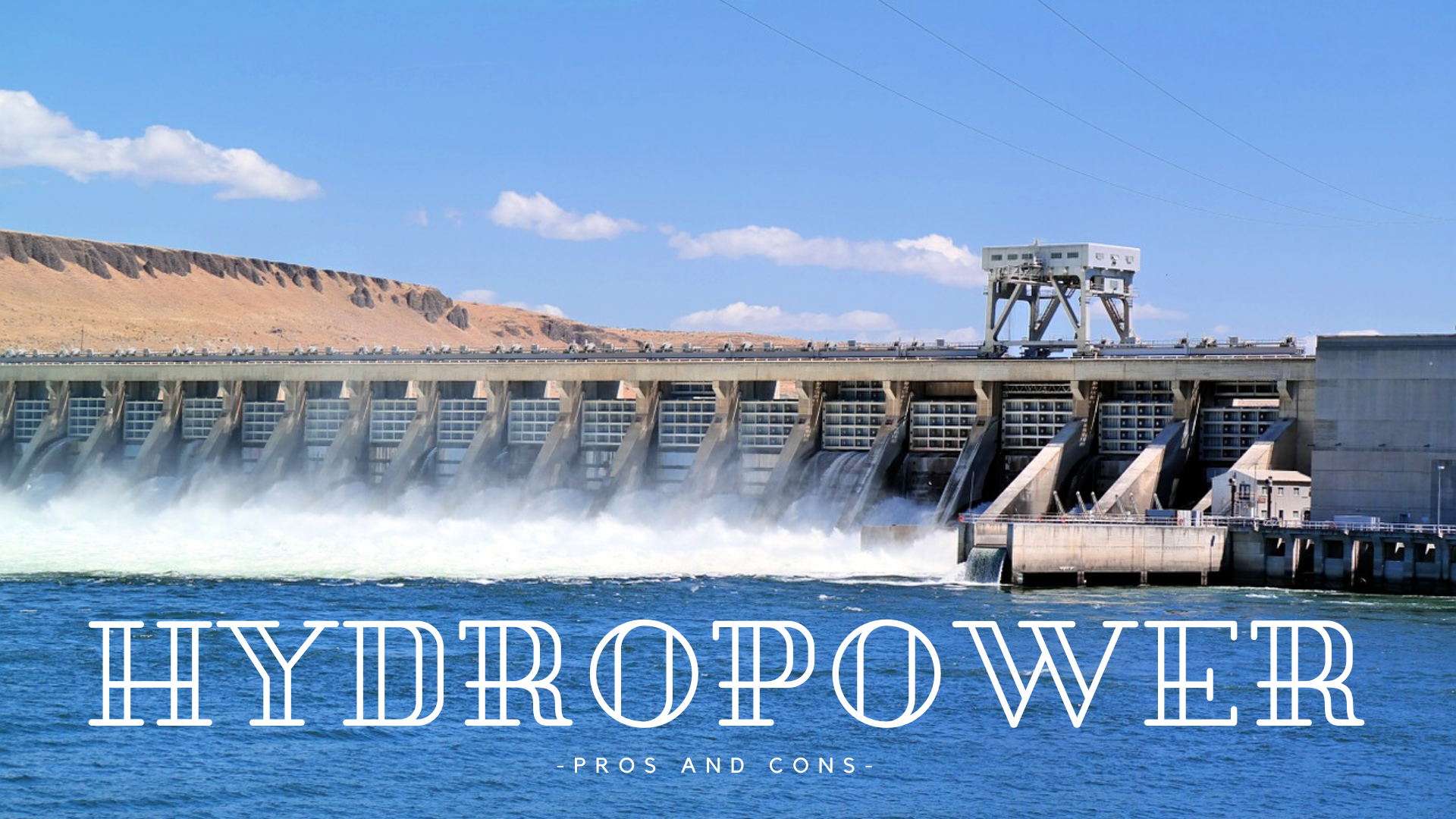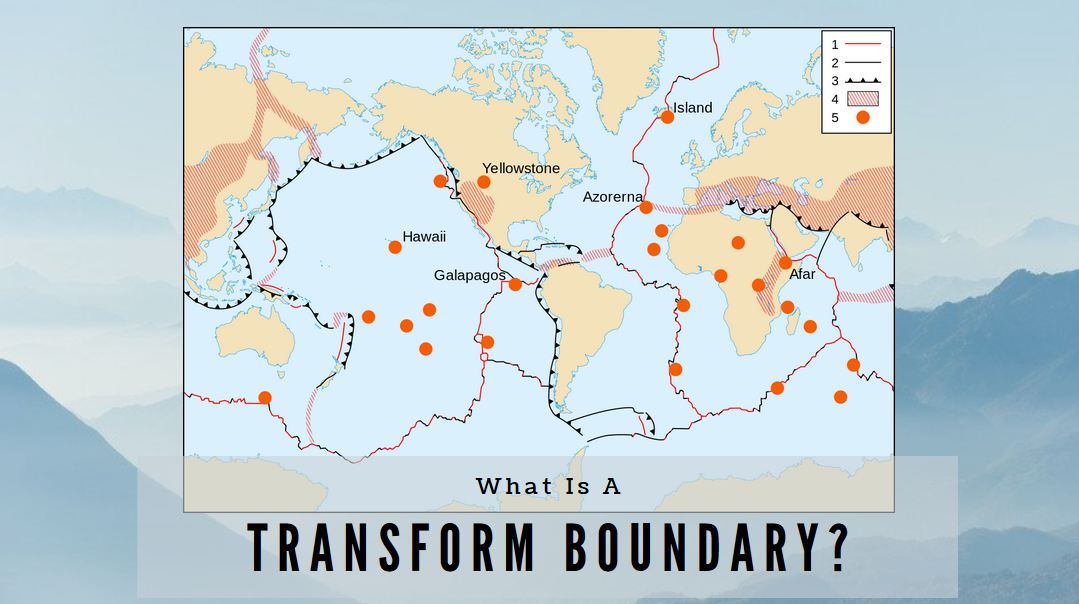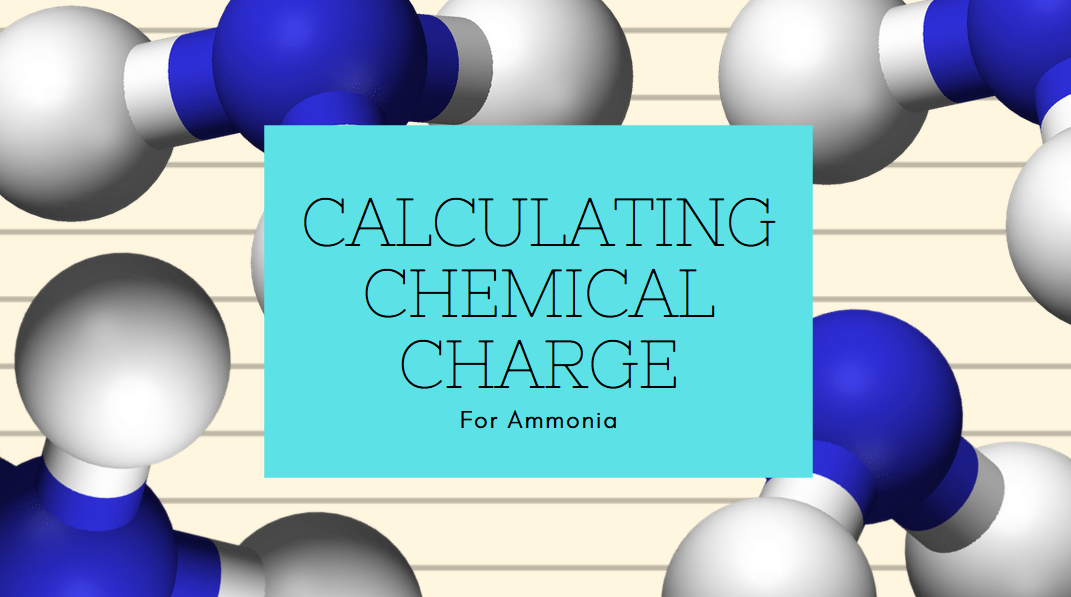The Charge Of A Carbon Ion

Carbon (C) is a very flexible element and can form a number of different ions. Carbon has an outer shell consisting of 4 valence electrons….
Read more

Carbon (C) is a very flexible element and can form a number of different ions. Carbon has an outer shell consisting of 4 valence electrons….
Read more

Hydropower has several pros and cons that make it an interesting choice depending on each situation. Some hydropower pros are nearly continuous energy supply, low…
Read more

A transform boundary is a place where two of the Earth’s tectonic plates move past one another. As these plates move past one another, the…
Read more

The formal chemical charge of Ammonia (NH3) is zero, it doesn’t actually have a chemical charge. While it’s easy to just say that, it’s important…
Read more

Biomagnification is the process in which toxins are concentrated in an organism as larger animals continue to eat smaller animals. This process moves toxins up…
Read more

A codon chart or table is used to which amino acid corresponds to DNA or RNA. A codon chart can help to put together a…
Read more

The reactants of photosynthesis are carbon dioxide and water, meaning during photosynthesis carbon dioxide and water are taken in to create energy. The reactants of…
Read more

The function of the nucleus is to store a cell’s hereditary material, or DNA, which helps with and controls a cell’s growth, function, and reproduction….
Read more

pH stands for potential hydrogen with the “p” meaning potential and the “H” standing for hydrogen. The pH scale is a scale that is used…
Read more

Heavy water is a form of water where the hydrogen atoms are the isotope variant deuterium, which means it is slightly unstable chemically. Heavy water…
Read more

The function of lysosomes is to remove waste as well as destroying a cell after it has died, called autolysis. A lysosome is an organelle…
Read more